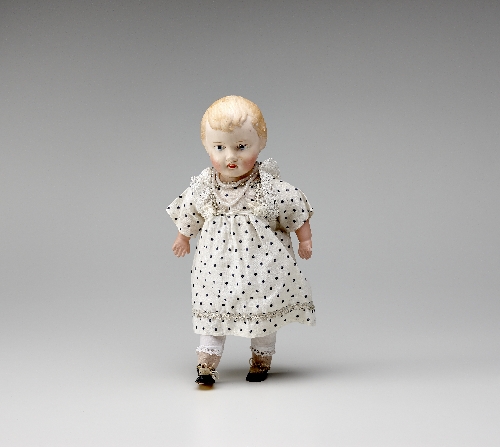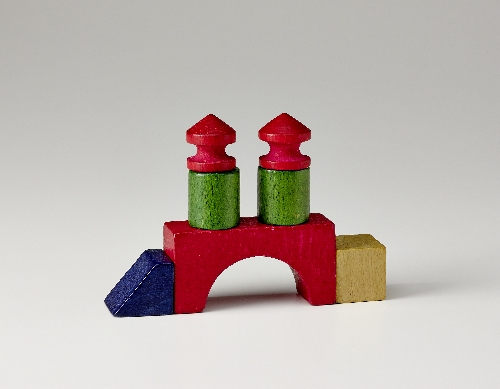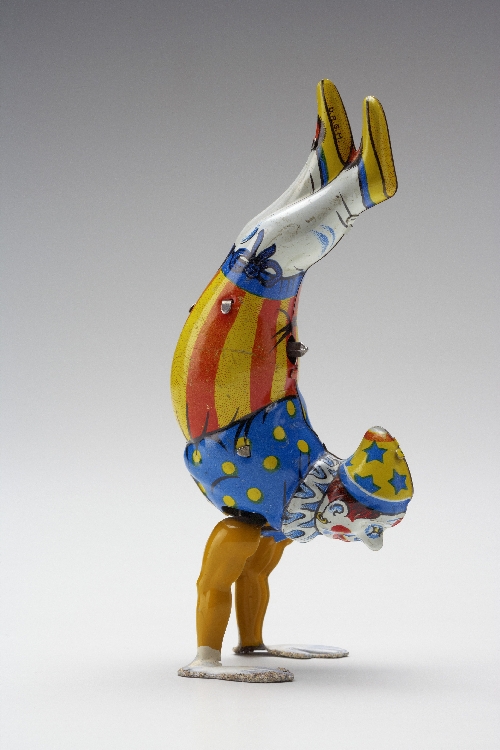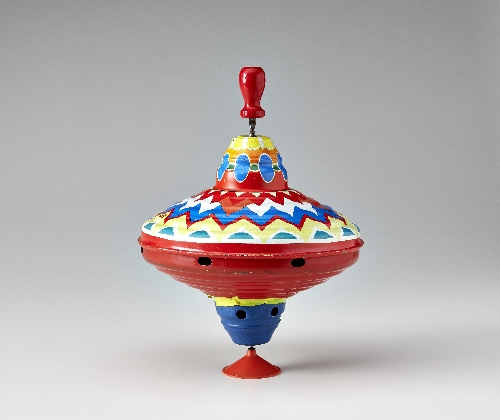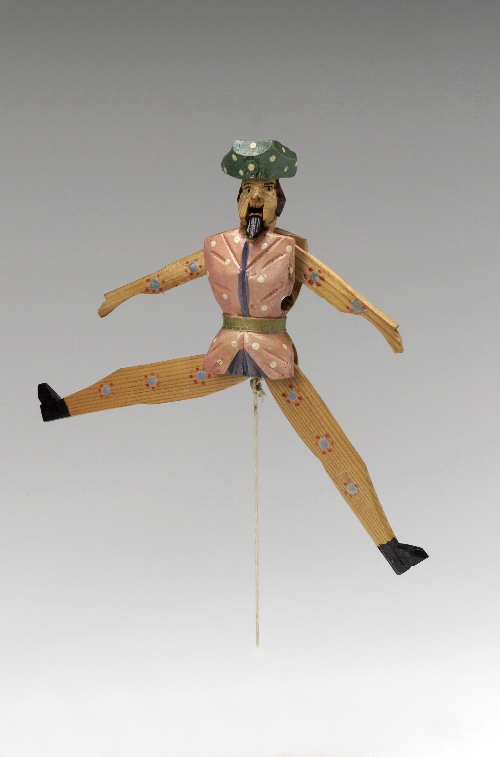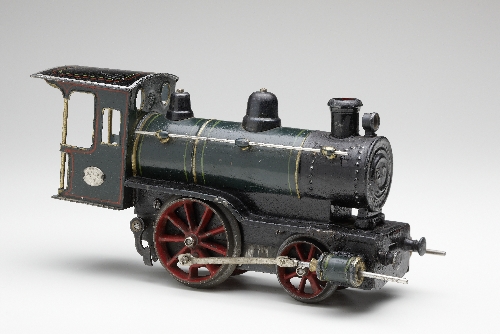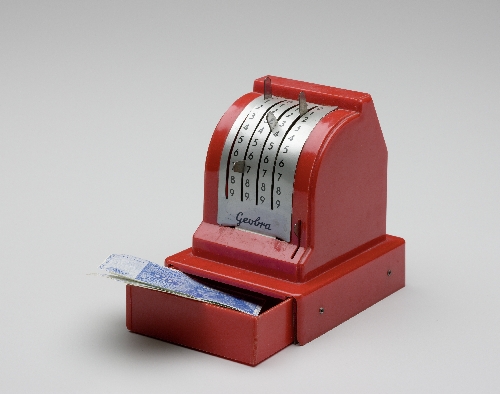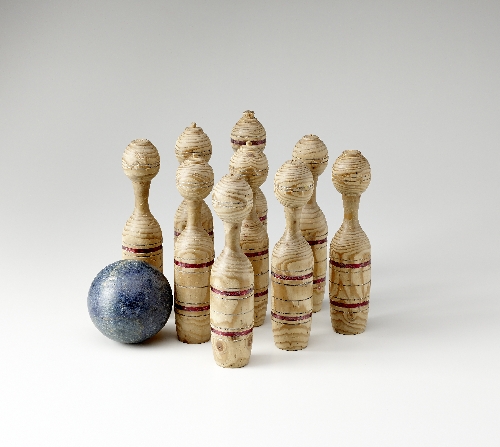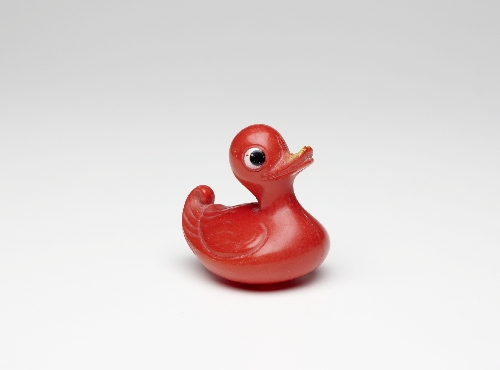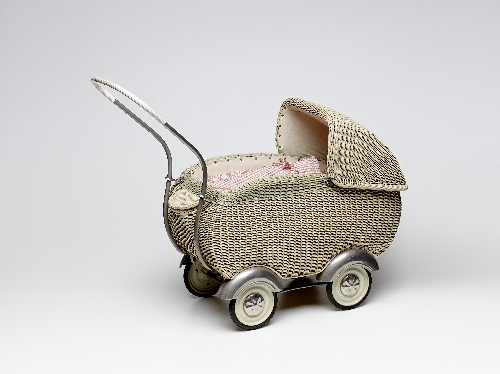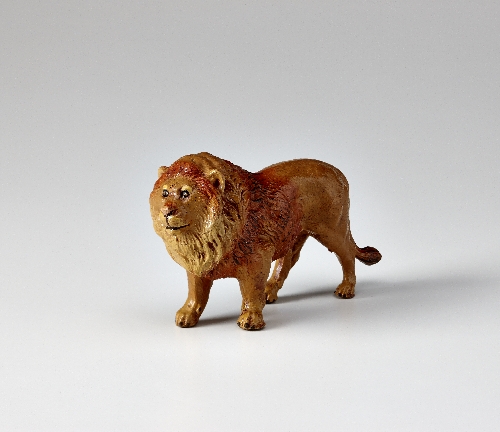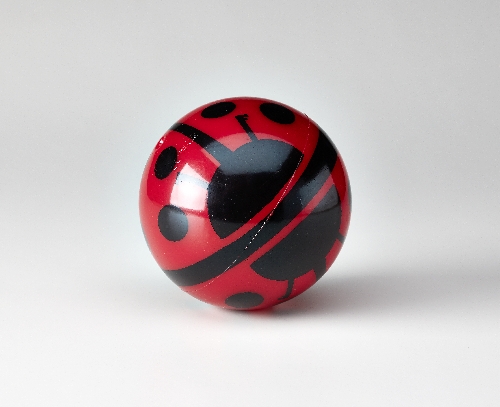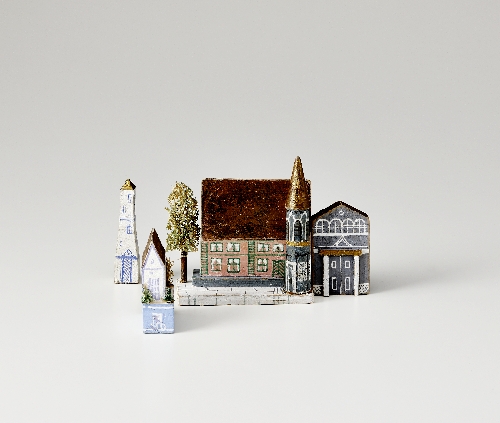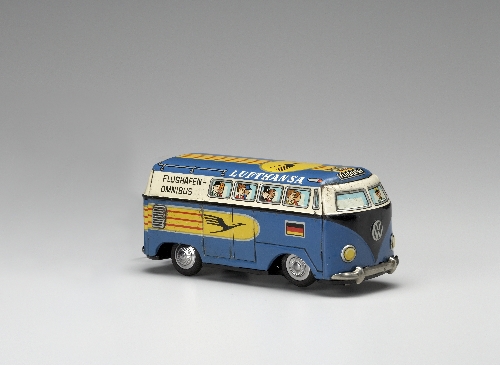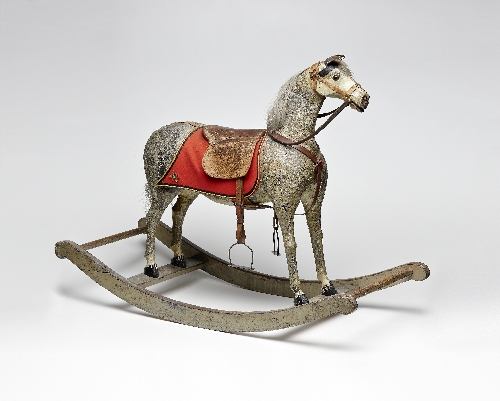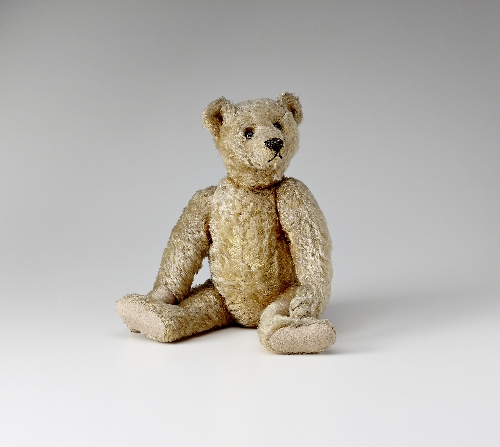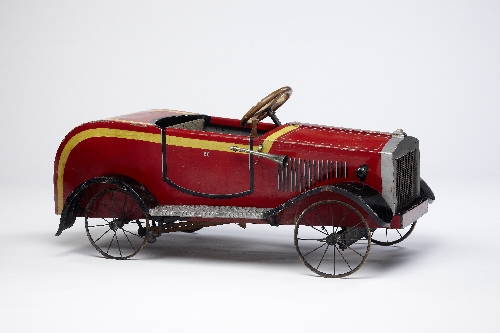TOY MUSEUM
Bürgerspitalgasse 2
5020 Salzburg
E Mag. Karin Rachbauer-Lehenauer
T +43-662-62 08 08-302
F +43-662-62 08 08-720
Toys
Toy collection
The history of the Toy Museum is closely connected to the biography of the collector and applied arts specialist Gabriele Folk (1902–1994). She had collected historical toys already as a child and used to arrange them in boxes as mini-exhibitions. Together with her husband, an expert collector of paper theatres, she compiled the largest private toy collection in Austria. The director of the earlier SMCA (Salzburger Museum Carolino Augusteum), Friederike Prodinger, urged the City and Land of Salzburg to purchase the collection and thus set up the basic prerequisite for today’s Toy Collection. This formed the wide-ranging and valuable pool for Austria’s first toy museum, which opened in May 1978.
Inventory Overview
Gabriele Folk purchased many objects in the Viennese art and antiquities market, exchanged numerous pieces, and, as a well-known collector, also received generous gifts. The range of wonderful toys covers practically everything – wooden toys from diverse regions, dolls, doll’s houses and accessories, clay figures, tin figures, building blocks, parlour games and international toys, also everyday objects from the world of the child. The paper theatres form one of the foremost collections of toy stages. The collection was augmented with an important part as inheritance in 1989: the Viennese teacher Auguste Tomschik (1904–1989) had specialised in international toys, also dolls and wooden toys. In order to make the range of toy as diverse as possible, a gauge 0 toy railway was added to the Fichtenthal Collection. The museum owes its thanks for one of the key focuses of today’s collection to the librarian Hildegard Krahé, who donated around 300 choice examples of illustrated toy books to the Toy Museum.
New Acquisitions
At present, new acquisitions are restricted to private bequests and gifts that primarily reflect the culture of toys as experienced in Salzburg. This guarantees that a mirror to society in the world of toys is further represented in the collection and preserved for future generations.
Transparency and function
The permanent exhibition on around 2,000 square metres and also the special exhibitions are supplied from the collection; a special and much appreciated highlight is provided by concentrated explorations of the depot, shown through regularly changing themes in the series “From the Collection”. Since a historically evolved Viennese focus has a place in the Toy Collection, it supplies many items to exhibitions in Viennese museums.




